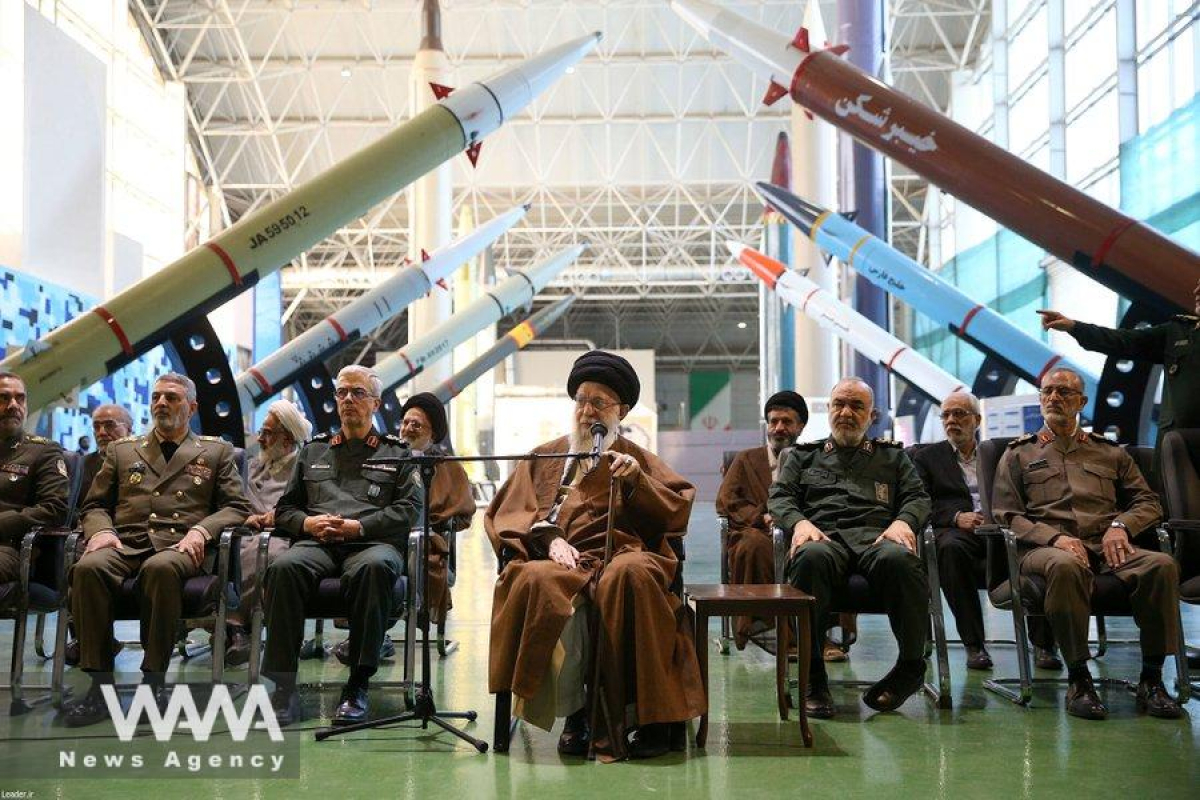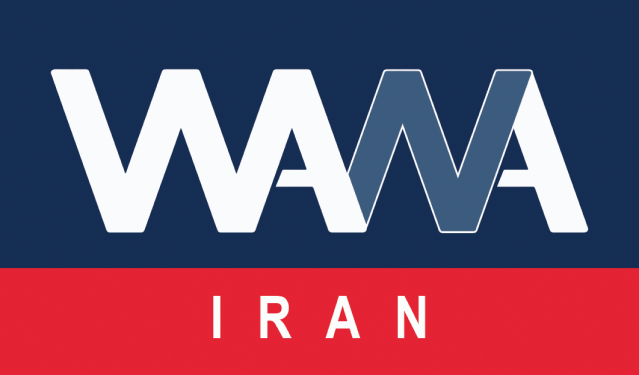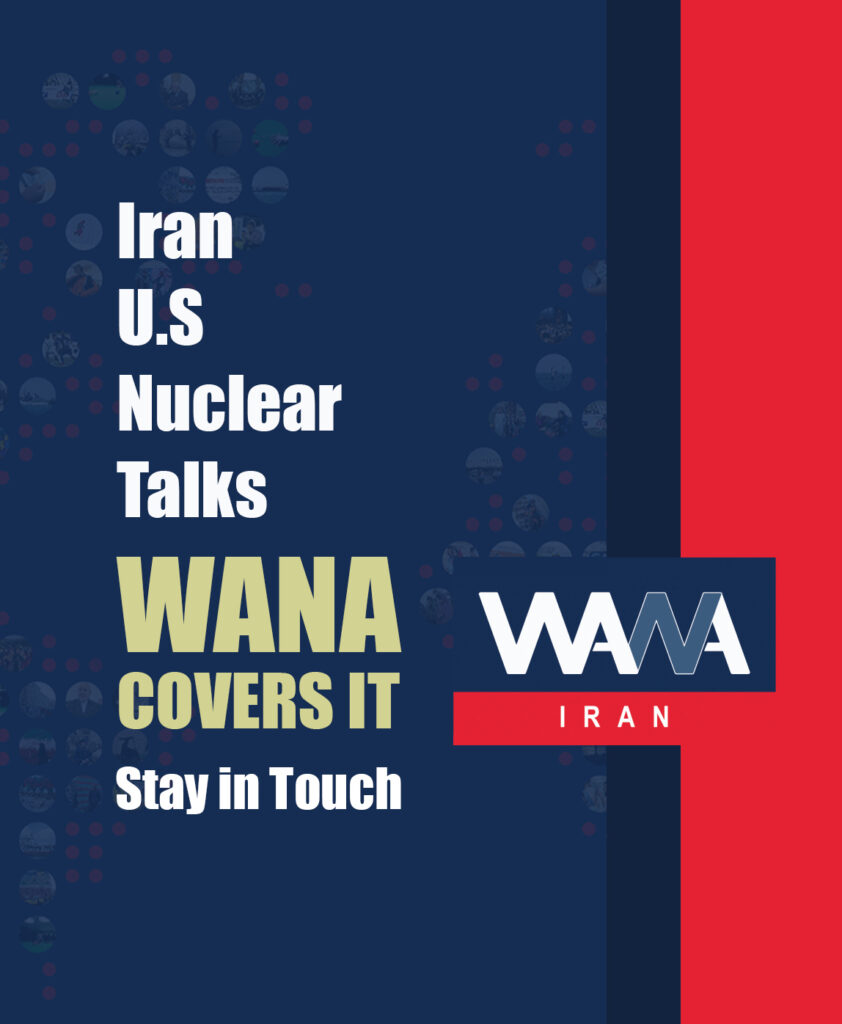Why Don’t Iranians Take the Threat of War Seriously?
WANA (Apr 03) – Recently, a viral video circulating in Iran’s online space showed people enjoying their night out near the Bushehr nuclear plant—despite Trump’s threats to strike Iran’s nuclear facilities.
Warnings of war, repeated threats, and Washington’s rhetoric blasting across the media—none of this is new to Iran. But the public’s reaction is striking. Panic? Capital flight? Mass anxiety? No. The streets are as crowded as ever, markets are buzzing with pre-holiday shopping, and social media is flooded with jokes mocking Washington’s warnings. But where does this indifference come from?
Iranians Mock Trump on Social Media
Since #Trump entered the White House:
🔹 If #Iran doesn’t listen to me, bad things will happen.
🔹 If Russia doesn’t listen to me, bad things will happen.🔹 If Canada doesn’t listen to me, bad things will happen.
🔹 If Ukraine doesn’t… pic.twitter.com/eqMMKEsg9v— WANA News Agency (@WANAIran) March 31, 2025
To understand this, just look at the track record of the U.S. and its allies. Take Israel, for instance, which has been threatening military action against Iran for years. Yet during the “True Promise 1 and 2” operations, it became evident that its threats were hollow. Iranians saw this, analyzed it, and concluded that Tel Aviv is more caught up in deterrence fantasies than preparing for actual war.
Then there’s the war in Ukraine. Backed by massive U.S. and European funding and arms supplies, Ukraine was supposed to be a showcase of how to fight a major power. But what was the outcome? Billions of dollars spent, yet Russia still holds the initiative. The message for Iran was clear: if the U.S. can’t dictate the outcome in Ukraine, how can it claim to reshape the Middle East? If Washington and its allies can’t even win a proxy war, how could they possibly manage a direct conflict with Iran?

Iranian youth light fireworks during the Wednesday Fire celebration (Chahar Shanbeh Soori in Persian) in a park in Tehran, Iran March 18, 2025. Majid Asgaripour/WANA (West Asia News Agency)
Meanwhile, Iran’s military capabilities—including its drones, tested on Ukraine’s battlefields—are no longer just theoretical. They’ve proven their effectiveness.
But the real turning point was Yemen. Many expected the Ansarullah movement to crumble under the first wave of U.S. strikes. Instead, they not only held their ground but escalated their attacks—hitting American warships and disrupting shipping routes. This sent a clear message: the U.S. is no longer the invincible hegemon it once was. If it can’t decisively defeat the Yemenis, what would it do against Iran?
Iran has pieced all of this together. From the Iran-Iraq War to Trump’s attack on Syria’s Shayrat airbase, and most importantly, Iran’s direct missile strike on the Ain al-Assad base in Iraq—each event has reinforced one truth: when faced with the prospect of direct war, the U.S. hesitates. Not out of morality, but out of cold power calculations.

It seems even Western observers have reached the same conclusion. The New York Times once reported: “If Donald Trump truly wants to strike a deal over Iran’s nuclear program, his administration must step away from its current path of escalation.”
Washington knows that a war with Iran wouldn’t be a contained conflict. Lebanon, Iraq, Syria, and even armed groups in Yemen and Palestine would all be drawn in. This is what makes Iran’s position unique: it faces threats, but it does not flinch.
And here lies a fundamental truth: U.S. threats are more psychological warfare than actual war plans. Iran has learned how to turn this game around. It is no longer merely reacting to threats—it is reshaping the narrative. Washington’s version of events is no longer the dominant one. Iran is no longer a “nation under pressure,” but an independent and unpredictable player on the global stage. And that, more than anything else, unsettles its adversaries.













